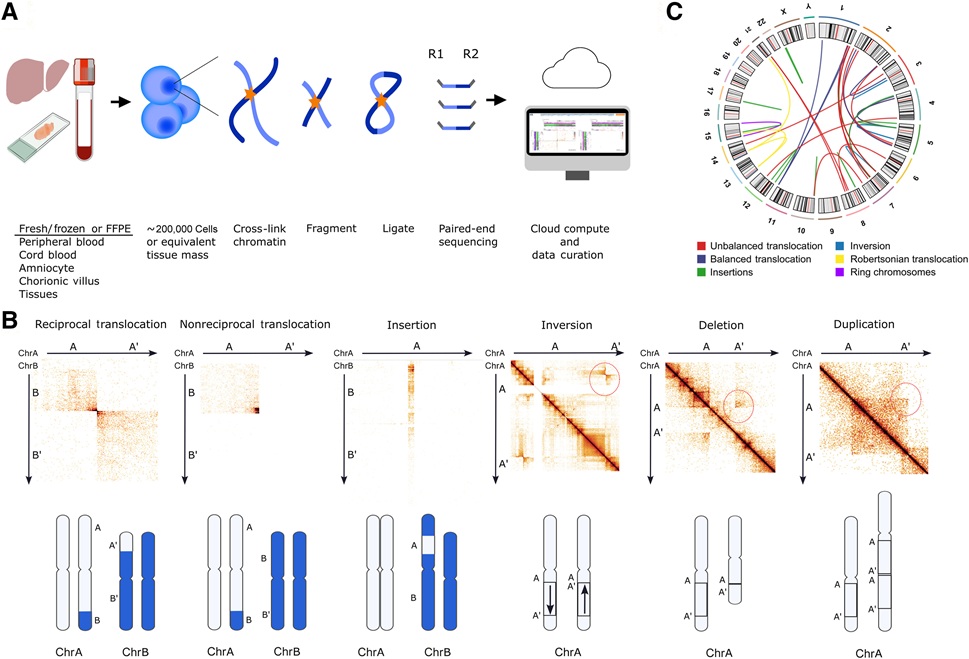Pathology Labs Replace Microscopes with Digital Imaging
By LabMedica International staff writers
Posted on 29 Mar 2012
Microscopes are being replaced with digital imaging in pathology laboratories in the southern part of Sweden.Posted on 29 Mar 2012
Traditional microscope glass slides are turned into digital images, which are then analyzed by pathologists directly from the computer screen, instead of using regular microscopes.
The revolution, which has already occurred in radiology, is now taking place in pathology. The contracted delivery not only digitizes the slides but also will completely renew IT support for all workflows of the pathology laboratories in the Skåne region.
Labvantage (Somerset, NJ, USA) will deliver a USD 4 million turnkey solution for digitizing the histopathological workflows in the whole region. The system will be possibly the largest such installation in the world and among the first of its kind in northern Europe. The digital slides will reside in Hitachi’s (Tokyo, Japan) Content Platform, which employs distributed object storage. All of the images will be kept well protected and duplicated across several physical discs. This makes the traditional backing up of data unnecessary.
Currently the four pathology laboratories run by Region Skåne produce about 400,000 histological microscope slides a year. The samples are prepared into microscope slides and are then physically distributed to pathologists. Slides are then analyzed using regular microscopes. There is currently limited IT support for the workflow, making it difficult to track the status of pending cases and to identify the bottlenecks in the production workflow.
The difficulties in this method are mostly related to physical slides, which can only reside–and be analyzed–in one place at a time. With the digital pathology in place, all pathologists from all laboratories of Skåne can gain access to all cases and related slides. Together with the introduction of digital pathology, another goal of Region Skåne is to introduce so-called LEAN workflows.
The digitizing will not only ease the distribution of slides for the pathologists’ viewing but will also solve the needs for storage. Swedish law requires Region Skåne to keep all slides for a minimum of 20 years, and today this requires a lot of physical space. It is also difficult to retrieve a particular case from the archive. In the digitized format, the annual production of about 400,000 glass slides will consume 300 terabytes of storage each year.
The unique changeover both in its scope and in scale is to be supplied by Software Point. A key component in the delivery is a new workflow management system, which will manage both the preanalytical and analytical stages of the laboratory process. An adapted version of Software Point’s (Espoo, Finland) C5 LIMS will be in total charge of managing the workflows and tracking all events within. It will maintain a real-time status of each sample, slide, and case, and will ease the work of both laboratory technicians and pathologists with advanced functionalities such as integration to laboratory automation, datamatrix labeling of all objects, and speech recognition for pathologists.
"This is an important milestone for us. Our workflow-centric C5 LIMS, complemented with the best of breed systems from Aperio (Vista, CA, USA) and Hitachi, make up a solution unlike anything else on the market. We see tremendous potential in digital pathology and this is one key element in our strategy for further expanding the position of our LIMS in the healthcare marketplace," comments Andrea Holmberg, CEO of Software Point.
Related Links:
Labvantage
Software Point
Aperio









 Analyzer.jpg)




